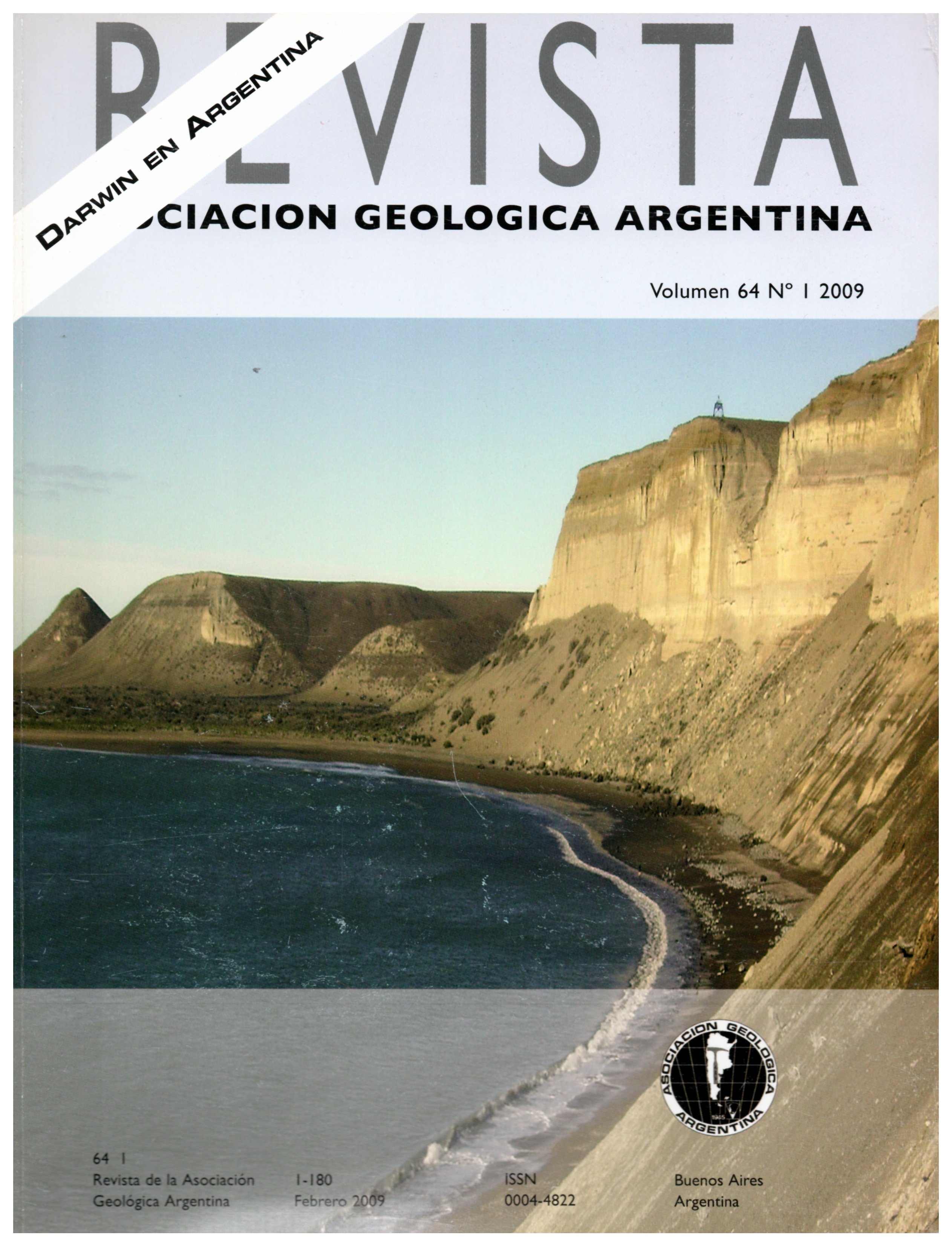Darwin forest at agua de la zorra: the first in situ forest discovered in South America by Darwin in 1835
Main Article Content
Abstract
The Agua de la Zorra area (near Uspallata, Mendoza, Argentina) is one of the best renowned fossil localities of the country because of its spectacular in situ fossil forest. This forest was discovered by Charles Darwin in 1835, who described this forest as monotypic and assigned it a Tertiary age. Nowadays, this fossil locality is known as the Darwin Forest. Over a century and a half later it was reinterpreted as a mixed Middle Triassic forest and a new fossil monotypic palaeocommunity of horsetails was discovered. This palaeovegetation is included in the Paramillo Formation (i.e., lower section the Potrerillos Formation) of northwestern Cuyo Basin, Mendoza province (69°12' W and 32°30' S). The sediments were deposited in a sinuous fluvial system, in which channel-filling sand bodies were associated with mud-dominated floodplain deposits. The palaeoforest grew on an andisol soil that developed on volcaniclastic floodplain deposits. It had a density of 427 -759 trees per hectare, and was constituted by conifers and corystosperms distributed in two arboreal strata. The highest reached 20-26 m tall, and was dominated by corystosperms, but it also included the tallest conifers. The second stratum, mainly composed of conifers, ranged between 16-20 m tall. The forest has also emergent corystosperms, which reached 30 m tall. The understorey was composed of ferns. Growth ring anatomy suggests that conifers could have had an evergreen habit. Structure of vegetation, growth ring analyses and sedimentation suggest that the forest developed under dry, subtropical, and strongly seasonal conditions.
Article Details

This work is licensed under a Creative Commons Attribution-NonCommercial 4.0 International License.
Nota de copyright
Los autores conservan los derechos de autor y garantizan a la revista el derecho de ser la primera publicación del trabajo licenciado según una licencia de atribución Creative Commons que permite a otros compartir el trabajo con el reconocimiento de la autoría y de la publicación en la que se publicó por primera vez.
Declaración de privacidad
Los nombres y direcciones de correo electrónico introducidos en esta revista se usarán exclusivamente para los fines declarados por esta revista y no estarán disponibles para ningún otro propósito u otra persona.

